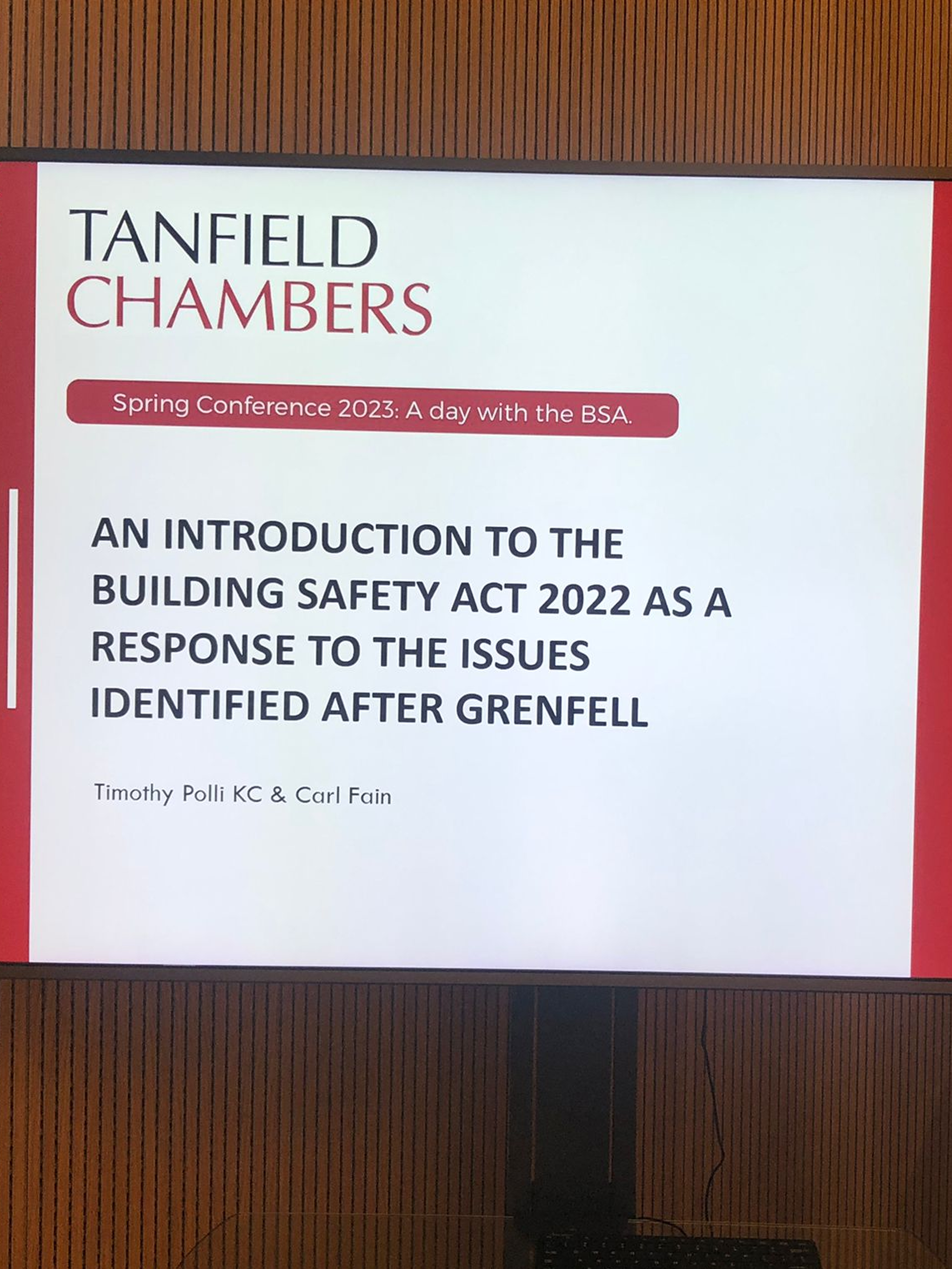Editing for Tanfield Chambers: The perks of Premiere Pro

On May 24th 2023, C60Media visited Ashworth Centre to help film Tanfield Chambers Spring 2023 Conference and edit the whole event into seven presentation videos for industry professionals to look back on and rewatch, as well as three bitesized thematic videos.
We have previously posted a blog about Tanfield and the event itself, written by Neil Kanwal on May 26th, but this post will instead go over the process of how I tackled, and edited the day of content down into 11 videos, and the varying perks of using Adobe Premiere Pro for it.
Laying out a Plan
When it came to starting with around 7 hours of footage I could not just jump into it head first, so as a team we had previously brainstormed ideas of how we would like to edit the videos, including how we would go about featuring key moments of the slides and presentations at various points. Taking inspiration from a previous C60 Media project for Handshake, we borrowed the boxed borders idea (comparison below) and and applied a colour-scheme and style that suited Tanfield, and the professional vibe of the whole event.
- Example of Handshake’s presentation border we originally created
- Older Example of Tanfield’s presentation border we developed and created from the base
There was also a lot of experimentation with the tone and colours for our image, because shooting the whole day in 4K meant we had to play Lumetri colours using an input LUT. We then had to develop our own custom one to create the correct colour balance, temperature and contrast to fit in with the other 2 camera angles we had. The main aim here was to ensure that colours did not get washed out, especially blue.
- Without Input LUT
- With our special Input LUT
Although it took a few days going back and forth tweaking each value time to time, we eventually landed on an input that helped pop colours and tie everything together with the overhead shots from camera 3. As well as giving everything a very filmic look, this made some shots stand out on their own and will hopefully help to draw the viewer in.

Editing down to Business
With shots graded and assets laid out, it was time to start editing the video and audio together, which is easier said than done in a lot of cases. There was a roulette of difficulty between each presentation, with some naturally being easier to work through than others. For example the first presentation was relatively easy with simple snips where there might be a slip of the tongue, or the occasional “Um” and “Ahh”. Here I could wrap edits in a neat bow of Iris Round transitions to give everything a very round, clean, and neat image to it between shots. However, others such as Presentation 3 were a bit harder.
Challenges in this edit included contributors hitting the mic and other moments of peaking audio where a contributor might not realise they were too close. Other hurdles to overcome here included moments of very active speakers who swayed left and right, causing me to track movement a bit to ensure their face cam would not be off shot or imbalanced. Despite a number of keyframes and ripple deletes, the whole thing would always come together in the end, and it was tied up nicely with help from C60 Media Director Peter Shevlin, who used his experience of audio editing to help reduce the peaks and spikes in the file. It is all part of a team process with the ultimate aim being to deliver the client high quality video content, which they can proudly post online for colleagues and competitors to see.

Where does Premiere Pro come into this?
Despite describing simple editing tricks that could be done by any software, it was Premiere Pro’s shortcuts and easily adjustable preferences that helped cut down what could of been a month or more of editing, into just 3 weeks on the dot. Being able to snip multiple tracks, ripple delete between gaps, synchronise audio if I ever managed to unsync the files, or just editing the audio on the fly, the whole process was made much smoother by using Premiere. It was also through Premiere that I was able to change preferences and condense a 4K video at 11GB down to a 720p video at 70MB. In this way we could save space for the client and make the file easier to upload, whilst still retaining a decent quality from working at such a high scale.
- Example of base 4K video
- Example of condensed finished product
What comes next?
With the final video edits tied up and delivered, Tanfield were happy with the final result. From this I can look back at what I have learnt, with one of the main lessons being that sometimes it can be really helpful to build off of what you have tried before. At the beginning I was wary of how we would make it really stand out and shine whilst being unique and different. Yet it was much easier to build off and take a different approach than I initially expected, with a key take home being that you can use a template from a previous video, and with a few tweaks like changing colours or font, it can be completely transformed. I am also glad I was able to learn some new commands and shortcuts to help save time on future projects, whilst it was also great to pick up new skills I can share with others.
With Tanfield coming to a close, we look to the future and there are some exciting projects on the horizon here at C60 Media, including a brand new podcast and a BBC Radio series. Make sure you keep an eye out for new posts in the coming months, to find out more!









